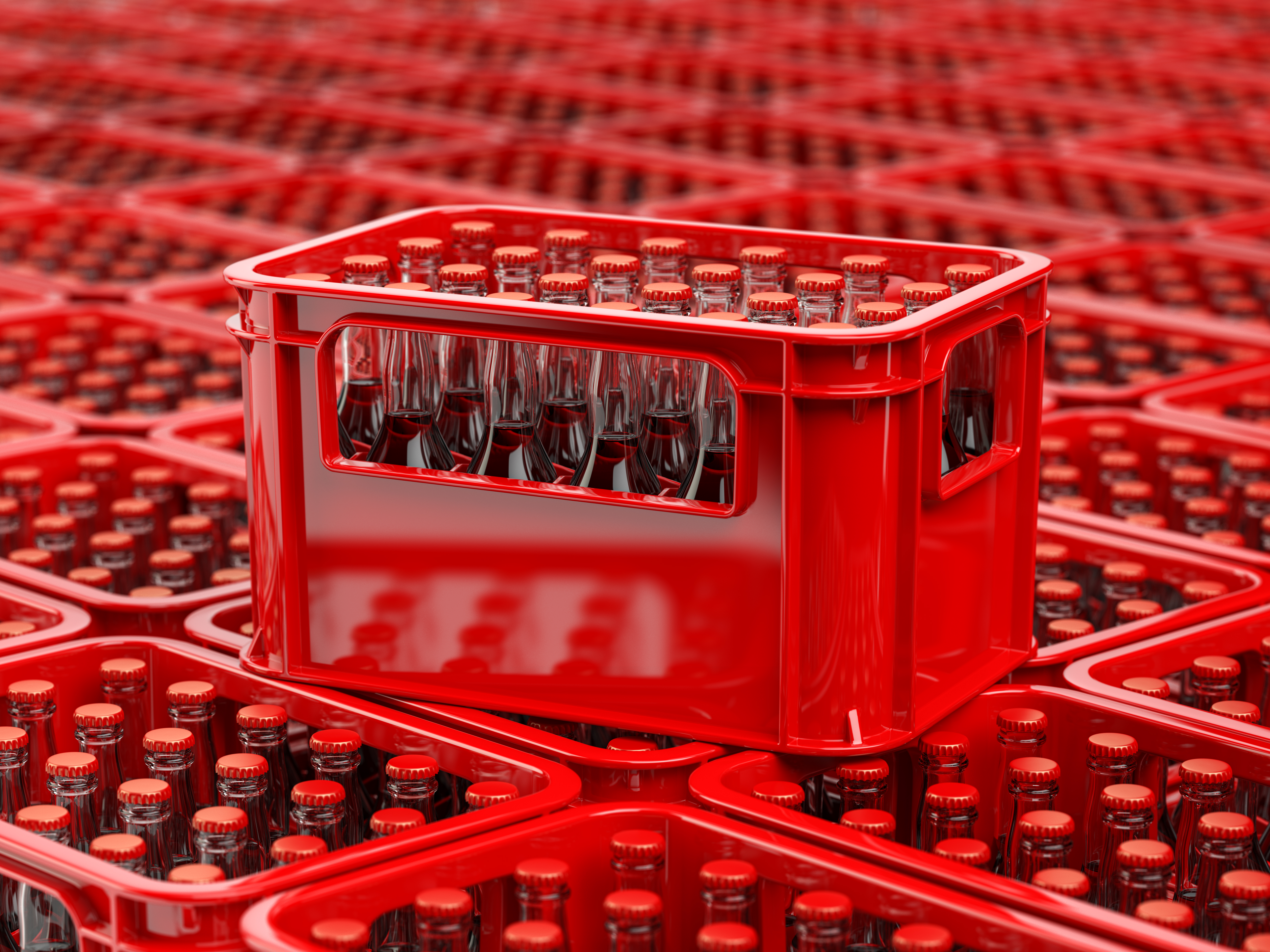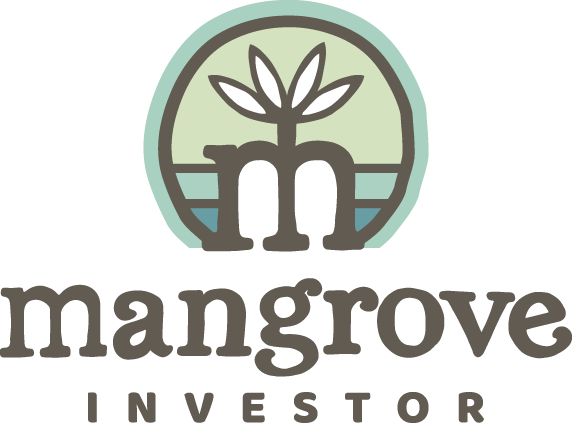

My First Capitalist Venture
Coca-Cola’s Shift from Glass to Plastic Bottles in the 1970s: A decision of profit over environment?
My First Capitalist Venture
When I was a kid, soft drinks came in glass bottles. These were sturdy, thick glass with paint on them. When you bought the drink, you paid a deposit on the bottle. When you returned the bottle to your local store, they gave your deposit back.
As a kid, the search for these bottles was an everyday easter-egg hunt. If I was able to find one that was discarded out of a car window, then I got the deposit. It was a win win… less trash on the side of the road and I had spending money.
I would walk the side of the roads for miles hunting for those elusive treasures. It was a great way to make a few cents. I could find enough to treat myself to a candy bar and pack of baseball cards at the corner store.
Re-Use, Re-Use, Re-Use
This system worked great. People would not just throw them in the trash. They would keep their empties and return them to the store. The bottlers would then pick them up take them back and reuse them. They reused the same bottle over and over again.
In the 1970’s my capitalist bottle collecting venture came to an end.
During the 1970s, plastic became a revolutionary material in the packaging industry. It was lighter, more durable, and less expensive to produce than glass. These advantages caught the attention of many beverage companies, including Coca-Cola.
In 1975, Coca Cola and Pepsi, the world’s most iconic beverage companies, made a pivotal decision that would shape the future of its packaging. They introduced the plastic two-liter bottle. And the iconic glass soft drink bottle faded into the past.
Donald R. Keough, president of Coca-Cola USA told the New York Times in 1975 that plastic offered some major benefits: light weight, toughness, safety, and environmental advantages.
He pointed out that an empty plastic bottle weighs “only 2 ounces against 19 ounces for an empty glass bottle” and that, when filled, it weighs “25 per cent less than a filled one‐way glass bottle of the same size.”
The shift to plastic bottles was swift. The company believed that transitioning to plastic bottles would reduce manufacturing and transportation costs, making their products more accessible and affordable to consumers.
However, this decision, while understandable from a business standpoint, had significant environmental consequences that would only become clear in the decades to come. Namely, it shifted the burden of recycling from the companies to the consumers.
At the time, Keough claimed that Monsanto planned to create recycling centers that would pay $250 per ton or 12.5 cents per pound. However, that was before the companies realized that plastic degrades each times its recycled.
Environmental Ignorance
Coca-Cola’s decision to switch to plastic bottles made sense from a business perspective. The lighter bottles saved money in shipping. They didn’t break easily. It was a new technology that showed enormous promise. But it reflected a lack of regard to the long-term environmental impact. And this was during a time when the problems of litter and pollution was starting to take center stage.
It was Earth Day in 1971 when the “Crying Indian” commercial hit the airways. It is one of the most famous and iconic public service announcements bringing awareness to environmental polution and anti-littering efforts.
In 1969, even Coca-Cola itself commissioned one of the first ever Life Cycle Assessments (LCA) about “Environmental Impacts of Coca-Cola Beverage.” This assessment is still considered proprietary information and is not available to the public. But I find it hard to believe the conclusion was, “Alright, plastic is better for the planet… let’s do it!”
But if Coca-Cola’s own report was not enough, The Environmental Protection Agency (EPA) commissioned their own report in 1972, “The Beverage Container Problem – Analysis and Recommendations.” Its findings were very clear on plastic bottles impact on waste and litter being created by the beverage industry. The report declared:
The beverage container can be identified as the most offensive element in litter. Also, there is every indication that beverage containers will continue to be littered, probably at a substantially greater rate in the future due to growth in beverage consumption and shifts in containerization away from refillable bottles toward the more litter-prone non-refillable bottle and can.
50 Years Later
The years passed and the world became more aware of the environmental toll of plastic pollution. Coca-Cola, like other beverage giants, found itself facing scrutiny and criticism. The shift from glass to plastic bottles resulted in a dramatic increase in plastic waste. The EPA’s warning came true. Most of the plastic litter comes from beverage containers.
Coca-Cola’s plastic bottles became a symbol of the growing global plastic pollution crisis. The company faced pressure from consumers, environmental activists, and regulators to take responsibility for its contribution to the problem.
Time for Change
It took half a century, but Coca-Cola is now taking steps to rectify its past mistakes and work toward a more sustainable future. The company has pledged to use more recycled plastic, research more sustainable materials, and work toward a circular economy. The goal is to reuse and recycle plastics rather than discard them.
There is still a long road ahead and the plastic war is not over. But let this serve as a reminder that even major corporations must take responsibility for their environmental impact.
For The Good
Michael Nichols
Numbers to Know
1500 BC
The history of glass begins in 4000 BC, when archaeologists have found the first evidence of human-made glass. However, it was not until 1500 BC that the first hollow glass containers were made by covering a core of sand with a layer of molten glass so that it could take on a shape for storing products (FEVE)
100 Billion
Coca-Cola, with more than 500 brands, sells more than 100 billion plastic bottles every year. This equates to 200,000 bottles a minute. For the fourth consecutive year, the conglomerate has been declared the world’s biggest polluter, bigger than numbers two (PepsiCo) and three (Unilever) put together. (Plastic Soup Foundation)
100%
Glass is 100% recyclable and can be recycled endlessly without loss in quality or purity. (Glass Packaging Institute)
What’s New in Sustainable Investing
Blue Is The New Color Of Sustainable Investing
The blue bond market — blue as in oceans — is where green bonds were 15 years ago. Blue bonds are a relatively new type of sustainability designed to finance the conservation and sustainable management of ocean and coastal resources. (Duke)
In Defense of ESG Investing
Susannah Nicklin, the Non-Executive Chair of the Schroders BSC Social Impact Trust, joins the pod to discuss everything impact investment.. (Schroders)
Video Of The Week
Coca Cola’s Recycling Scandal
By 2050, there could be more plastic than fish in the sea. Ten tons of plastic are produced every second. Sooner or later, a tenth of that will end up in the oceans. Coca-Cola says it wants to do something about it – but does it really?




